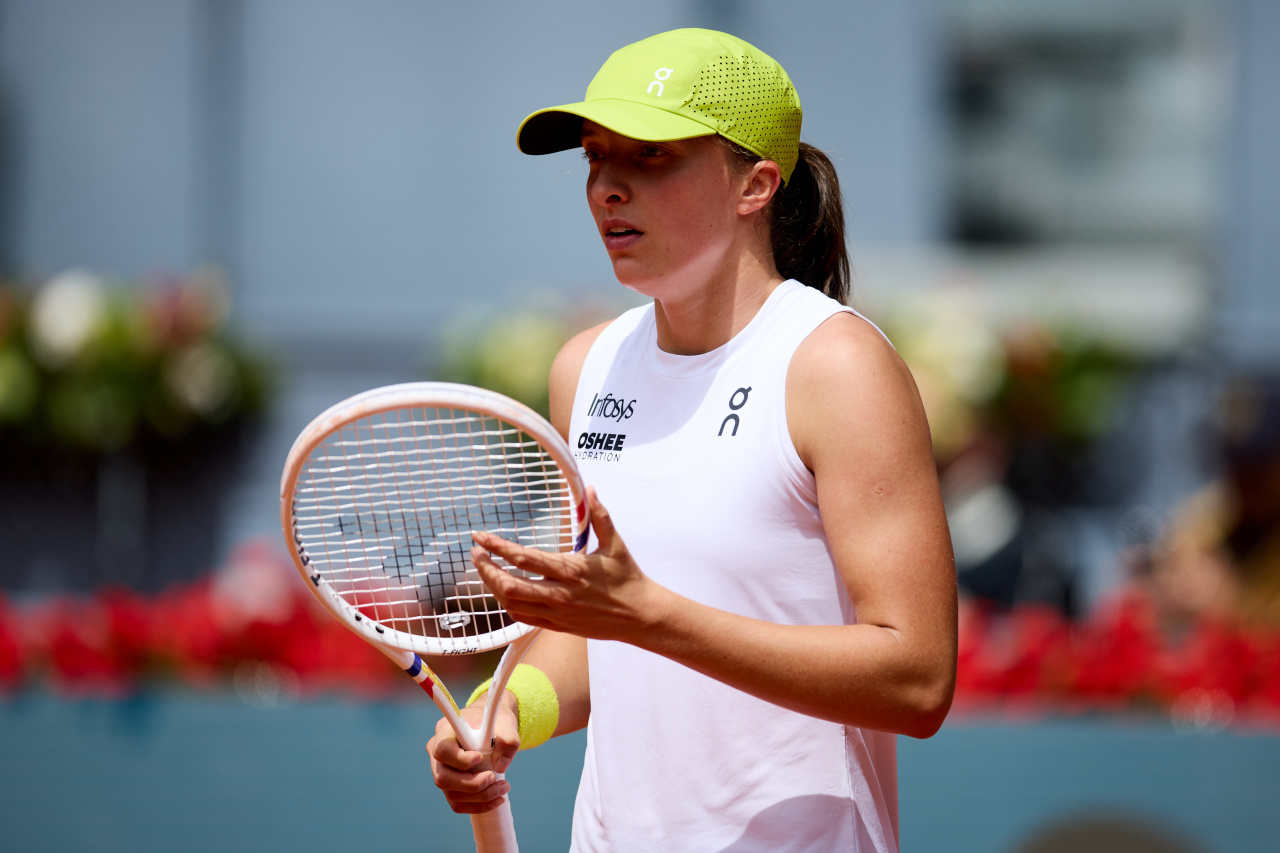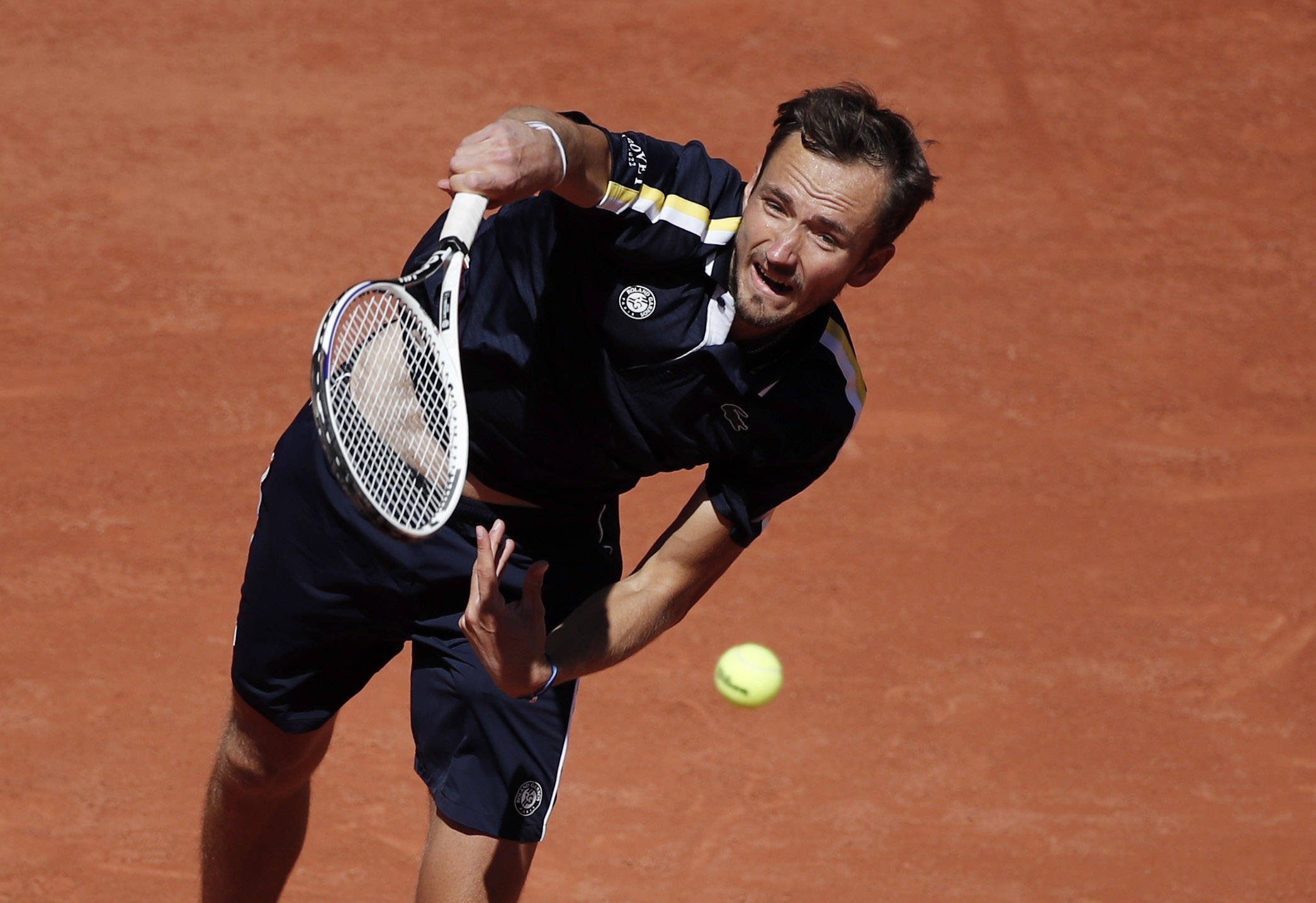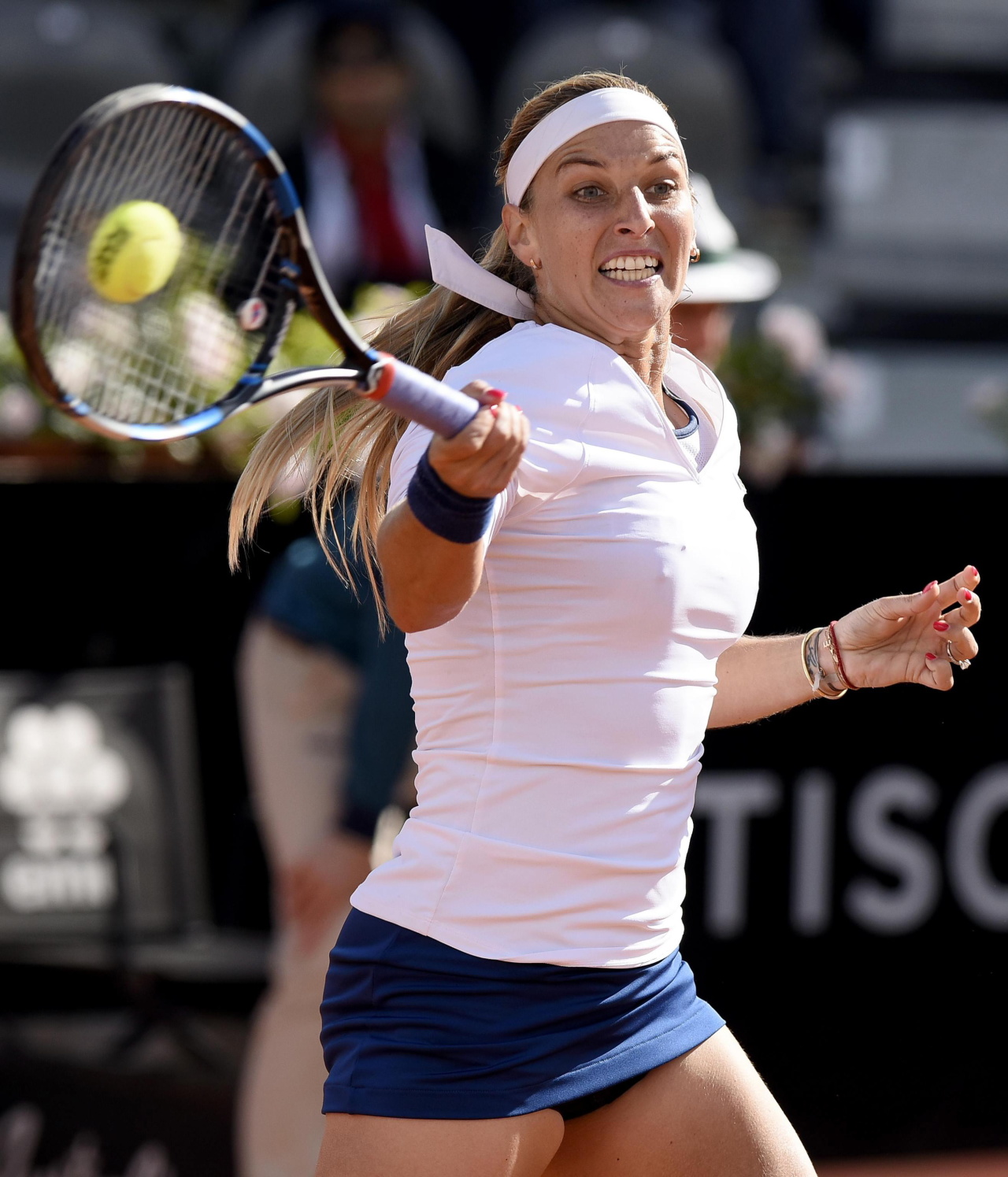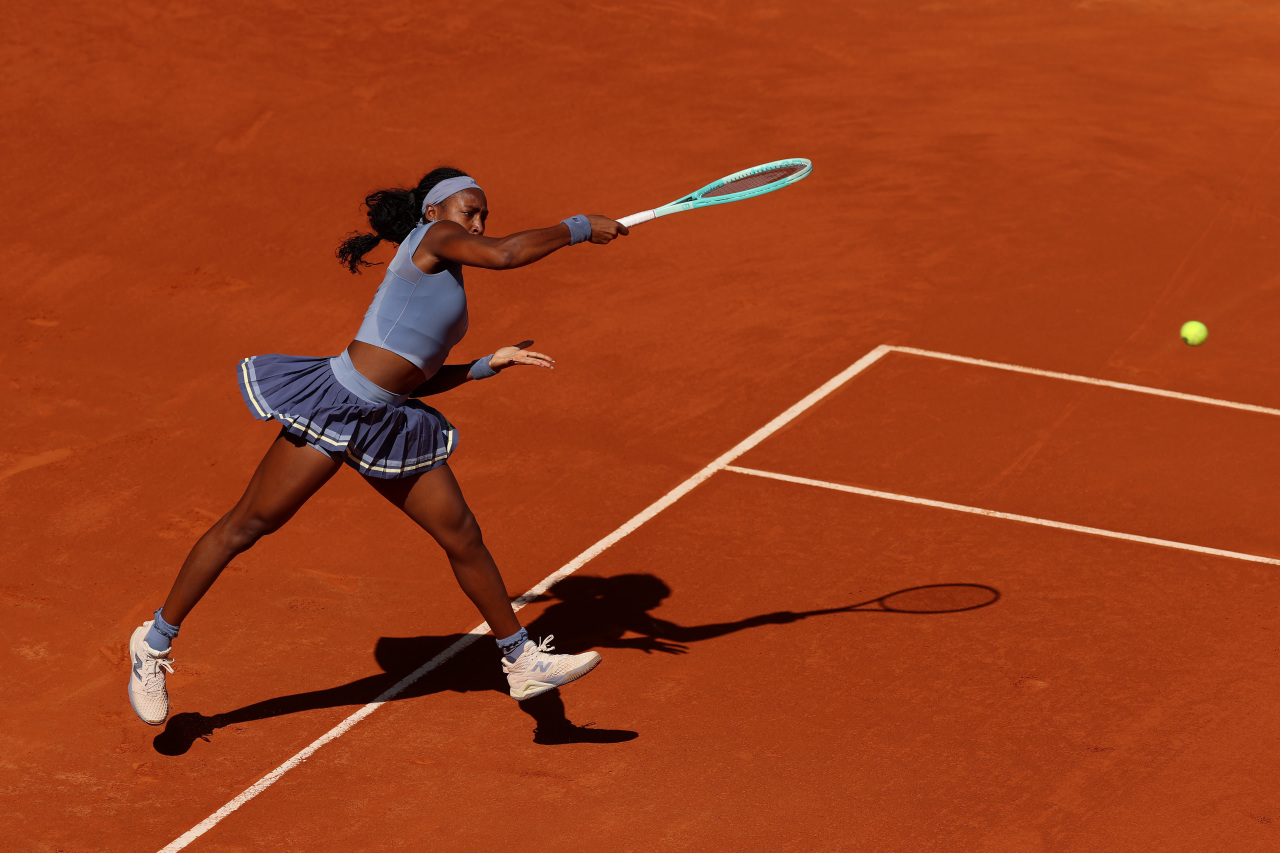From a maid to a master! Gauff beat Swiatek three times in a row in Madrid
In the 2025 Women's Singles semifinals in Madrid, WTA1000, American star Gauff swept past former "Queen of Clay" Swiatek 6-1 6-1, not only beating her opponent for the third time in a row, but also rewriting the record of the two sides to 4-11. The victory not only ended the myth of Swiatek's dominance on clay, but also marked a profound transformation of the women's tennis landscape.

Since winning the 2023 US Open, Gauff has fallen into a fluctuation of form, and his forehand shooting technique has even been criticized for "returning to the pre-liberation period". But since the end of 2024, she has transformed herself by adjusting her tactics and mental toughness. In the final of the 2025 United Cup, she beat Swiatek 6-4 6-4 to end the dominance of Poland's side. The semi-final victory in Madrid was even more symbolic, as Gauff won 11 games in a row, leaving Swiatek with just two games on clay, his worst defeat in six years.

Gauff's rise is the result of an all-round improvement in her technique: her defensive coverage has increased, her baseline has increased, and her forehand has improved in stability and penetration. In addition, she and her coaching team developed precise tactics based on Swiatek's technical characteristics, such as maneuvering opponents from wide angles and disrupting her signature fast rhythm of points. Swiatek, on the other hand, has tried to emulate Sabalenka's violent attacking style since 2024 after working with Fisset, the "broom star" coach, but sacrificed the stability and tactical diversity that he was proud of, resulting in a soaring turnover rate.

Gauff's three-match winning streak against Swiatek broke the latter's label as "nemesis". In the past, Swiatek has won an overwhelming 9-1 over Gauff and has even been dubbed a reserve member of the "Ten Losers Club". But now, the competition between the two has shifted from one-sided suppression to a dynamic game. The underlying reasons for this reversal include: First, a psychological breakthrough has been achieved. Gauff admits that she "always felt like she had to be perfect" against Swiatek in the past, and the confidence that came with her winning streak allowed her to handle the crucial points more calmly. Secondly, there is an iteration in technology, and the new generation of players generally pay attention to the balance of attack and defense, and Gauff's "hexagonal warrior" attribute (able to attack and defend well and cover the whole field) is a manifestation of this trend. Of course, all of this is also due to the fluctuation of Swiatek's form in recent years, with Swiatek's fitness declining due to a busy schedule and injuries, and even needing to be lifted off the pitch after the 2025 Union Cup, and the collapse of her clay dominance is closely related to the physical load.

Gauff's comeback with Swiatek is not an isolated one, as there have been many times in tennis history: Medvedev had won six straight matches against Sinner, but the 2024 Australian Open final was the turning point. Sinner won three sets in a row from 2-0 down and went on to win three straight matches against Medvedev on hard courts. Sinner's victory was due to the optimization of the distribution of physical strength and the improvement of mental toughness in the key points (the influence of drugs cannot be ruled out), while Medvedev was less effective in baseline confrontation due to his age. Pliskova had won all five of her matches against Svitolina, but the latter made it three wins in a row in the 2018 Finals by strengthening her counter-attacking and small-ball skills. Svitolina's transformation proves that tactical diversity and mindset can be effective in cracking down on power. Radwanska won four straight matches against Cibulkova early on, including the 'Double Egg' in the Sydney '13 final, but Cibulkova has since improved her skills and tempo changes in front of the net to push her head-to-head record to 6-7. This case highlights the importance of technological innovation in overcoming the disadvantage of the fight.

The rules revealed by the above cases can be summarized in three points: first, the changes brought about by technological innovation, such as Gauff's strengthening of the forehand and Sinner's improvement of the stability of the serve, breaking the opponent's tactical closed loop by making up for shortcomings. Secondly, psychological rebuilding is key, and the confidence built up by a winning streak (e.g., Gauff) or a breakthrough in a key battle (e.g., Sinner vs. Djokovic) can reconstruct a competitive mentality. Intervention of external variables is also important, and coaching staff adjustments (Swiatek's change of coach leads to an imbalance) or fitness management (Swiatek's fatigue accumulation) can be the difference between winning and losing.

Despite Gauff's recent dominance, Swiatek still has the potential to fight back. First, Swiatek is only 23 years old, and there is a lot of room for technological reinvention; Second, its 2,000 French Open points have not yet been deducted, and if it adjusts its state in time, it may still regain its hegemony on clay. However, Gauff's versatility and stability have gradually approached the level of the "Big Three", and if he can continue his strong performances in Rome and the French Open, he may completely end the "Swiatek dynasty".

Historical experience shows that there is no eternal master-servant relationship in tennis. Whether it's Sinner ending the monopoly of the "Big Three" or Svitolina breaking the shackles of attacking players, it's a testament to the fact that dynamic competition is the essence of the sport. The contest between Gauff and Swiatek is a vivid footnote to this law.(Source: Tennis Home Author: Xiaodi)







 Links
Links
 Contact
Contact
 App
App


